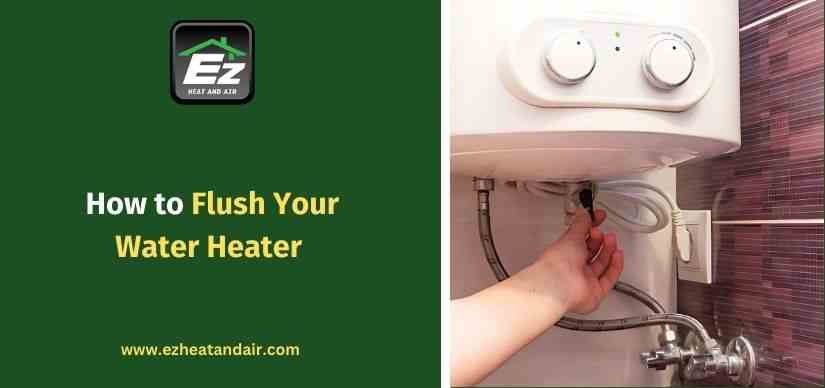How to Flush Your Water Heater
Views : 2475

The Importance of the Flushing Your Water Heater
- Reduce heating efficiency
- Increasing costs of energy
- Reducing the lifespan of a water heater
- Some strange noises while the appliance operates
When to Flush Your Water Heater
Tools and Materials Required
- Garden hose
- Bucket
- Adjustable wrench
- Screwdriver
- Gloves and safety goggles
Step-by-Step Guide to Flush Your Water Heater:
1. Turn Off the Power Supply
2. Turn Off Water Supply Valve
3. Connect a Hose to the Drain Valve
4. Open The Drain Valve
5. Flush The Tank
- Open the cold water supply valve for a few minutes to disturb sediments, and then drain these sediments using the drain hose.
- Close the cold water supply valve and drain the remaining water.
6. Inspect for Sediment
7. Close the Drain Valve and Refill the Tank
8. Restore Power and Test
Benefits of Professional Services
- Comprehensive Inspections
- Professional Repairs
- Safe and Efficient Service
- Lengthened Life of Your Water Heater
Common Mistakes to Avoid
- Neglecting to turn off the power or gas supply
- Failure to use an adequate drainage area
- Failing to close the drain valve after flushing
Signs You Need Professional Help
- Frequent sediment buildup, despite getting flushed repeatedly.
- Noticing some kind of leak around the water heater.
- Noises during operation that seem strange.
- Water temperature is inconsistent.
Preventive Maintenance Tips
- Consult with the professionals for the annual maintenance.
- Install water softener if it has hard water.
- Regular Inspection of the anode rod for corrosion avoidance.
Conclusion
FAQs
Q1. How often should I flush my water heater?
It is recommended to flush your water heater every year to remove sediment buildup and ensure optimal efficiency. Homes with hard water may require more frequent flushing. Consult a San Diego water heater repair and installation expert for specific advice based on your water quality.
Q2. How do I know if my water heater needs flushing?
Signs that your water heater may need flushing include reduced hot water output, unusual noises from the unit, and murky or discolored water. Regular maintenance, including flushing, helps prevent these issues. If unsure, contact a professional.
Q3. Can I flush my water heater myself?
Yes, you can flush your water heater by following a proper guide. However, if you're uncertain or encounter problems, it’s best to call a San Diego water heater repair and installation service to ensure the job is done correctly.
Q4. What happens if I don’t flush my water heater?
Failing to flush your water heater can lead to sediment accumulation, reduced efficiency, higher energy bills, and eventually system failure. Regular flushing is essential for maintaining the unit’s performance and longevity.
Q5. How long does it take to flush a water heater?
Flushing a water heater typically takes 30 minutes to an hour, depending on the amount of sediment and the size of the tank. For a thorough job, consider hiring a professional San Diego water heater repair and installation service.